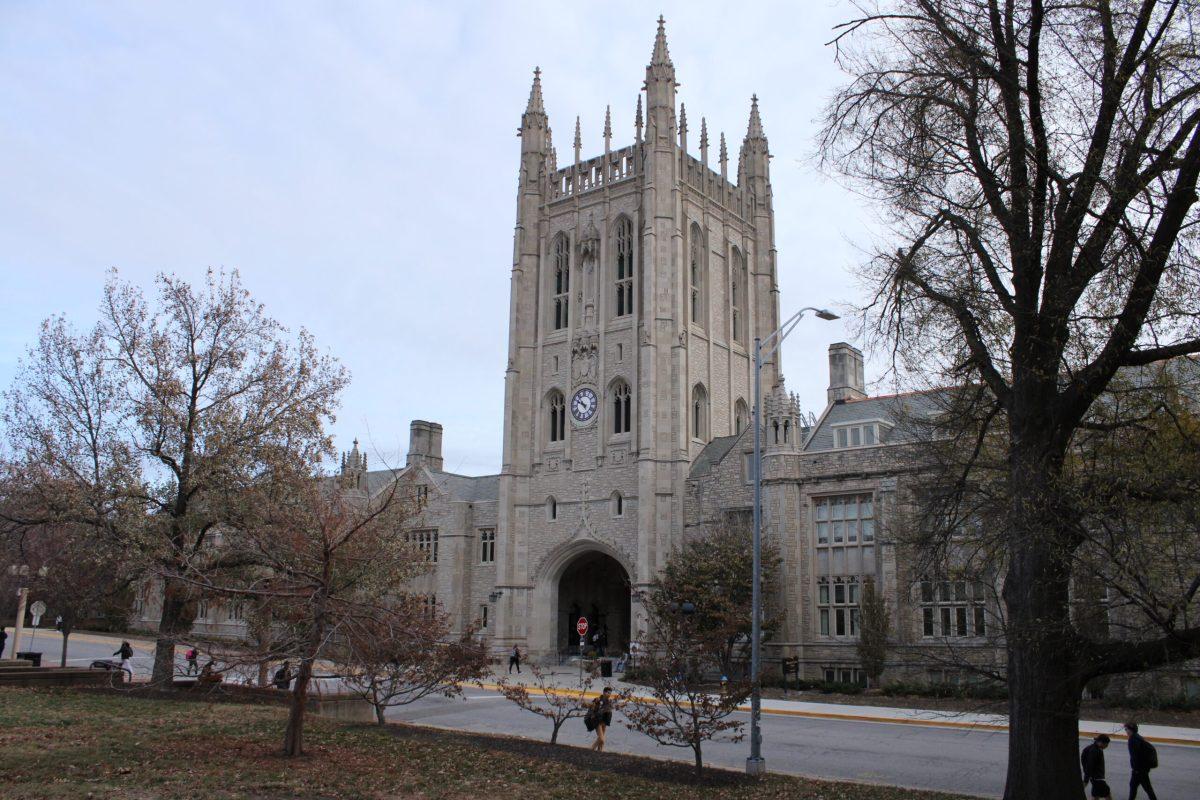Take a nostalgic walk down memory lane with the “Then and Now Column.” This second installment looks at the changes to Memorial Union.

At nearly every location on campus, MU students can look up at the tree lines and rooftops and see the unmistakable four spires and gothic architecture of Memorial Union. Before the Student Center was built, the Union served as the center of university life.
Original plans for building a union occurred in the early 20th century, but weren’t set on course until after World War I, to serve as a memorial to Missourians who had died in the war. A pamphlet released in 1923 about the proposal of the union, “The Memorial Union and Stadium,” gave students and alums a thorough description of the plans, from the tower’s dimensions, to every purpose it would serve.
Toward the end, the pamphlet outlined one incentive for those who funded the project by paying for a “Life Membership,” for $100, which would be around $1,500 today. The Life Membership would guarantee access to the Union and attendance at any game in Memorial Stadium for life.
Once the funds were raised, construction on the original structure began in 1923 and was completed in 1926.
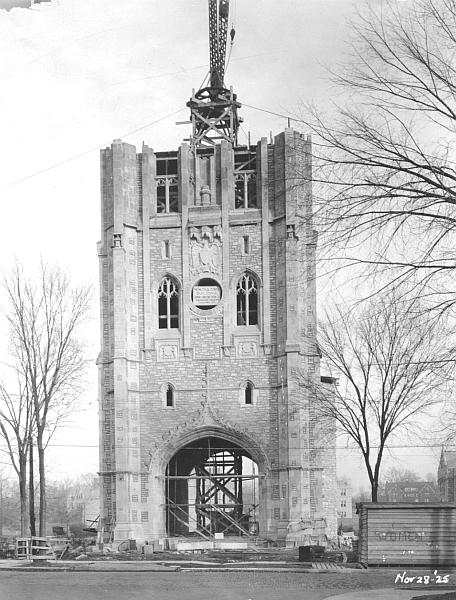
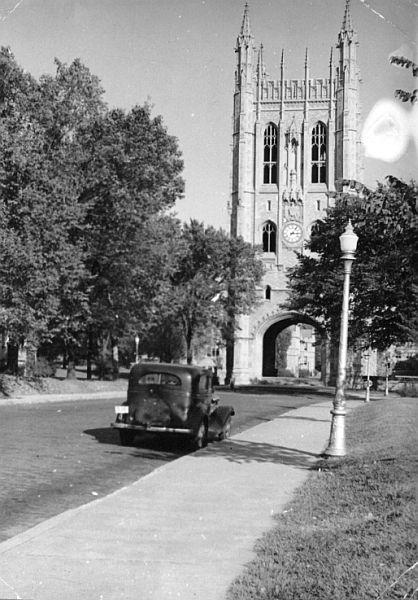
Additions branching off of the main tower make the inside of the Union a key spot for useful resources, learning and gathering. The original construction plans included two wings, but they were not built until decades later.
In September of 1952, the North Wing of Memorial Union opened. This addition included what is now known as the North Lobby — Stotler Lounge, Bengal Lair and the Tiger Terrace.
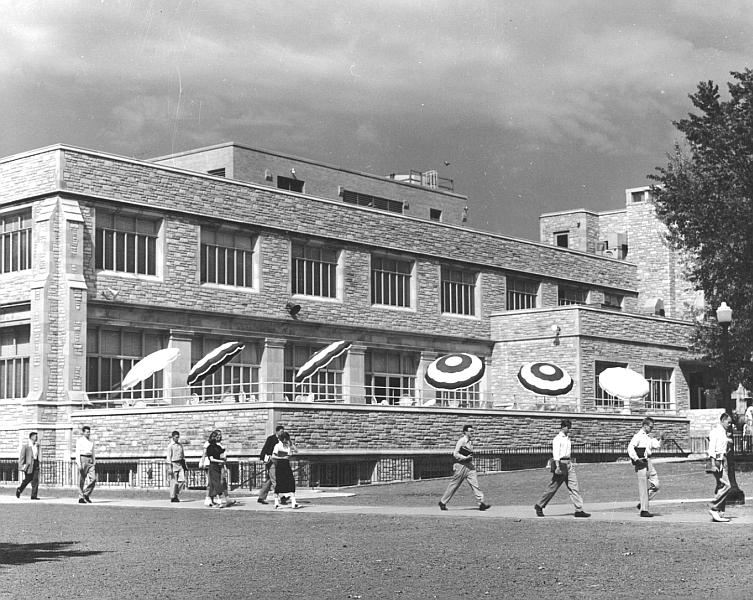

When entering the North Lobby, the flooring where the information desk is located has the same flooring today as seen in the original scale model shown in the photo below. The model from 1950 is placed next to a telephone for size reference.
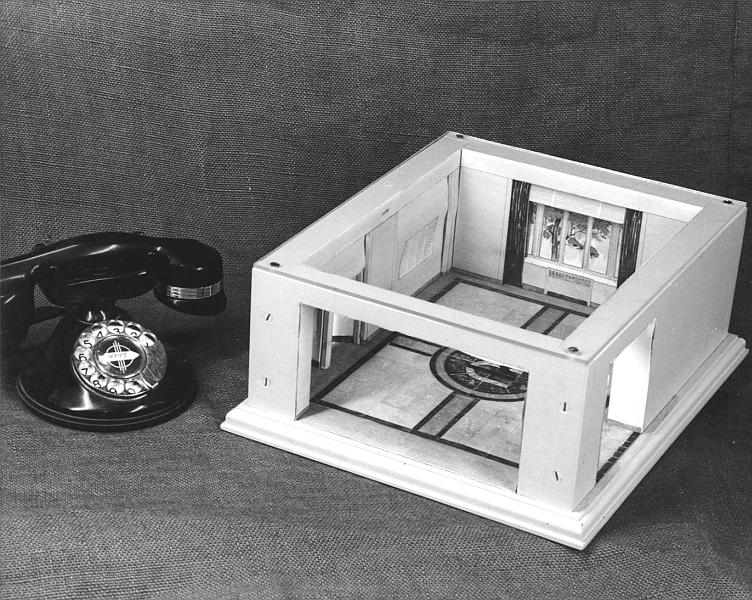
The next addition was the A.P. Green Chapel. Constructed in 1959, the chapel is nondenominational and available for all students and faculty on campus, except when reserved for events such as weddings or memorial services.
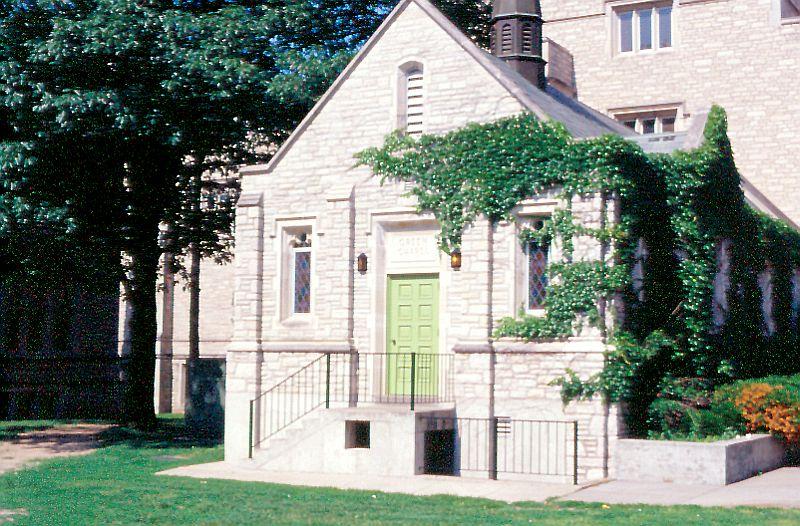
Following the chapel, the South Wing’s construction marked the completion of Memorial Union. Finishing construction in 1963, the new wing added meeting spaces, auditoriums and classrooms.
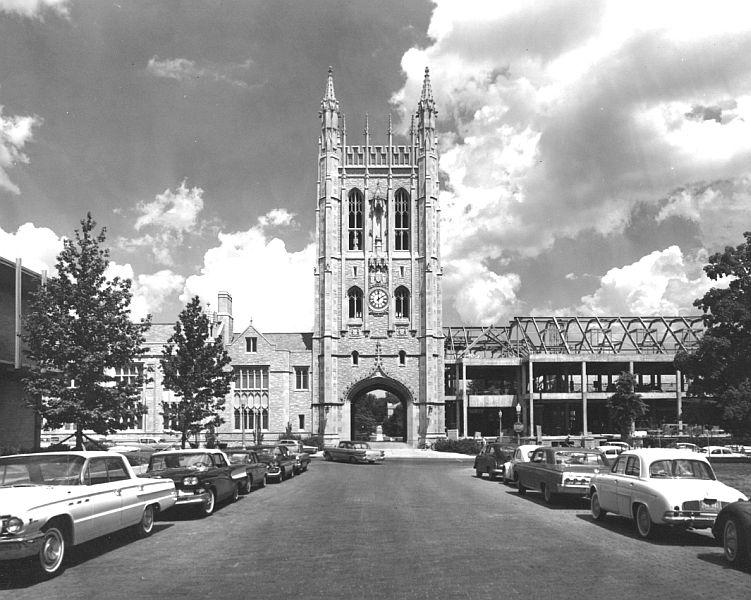
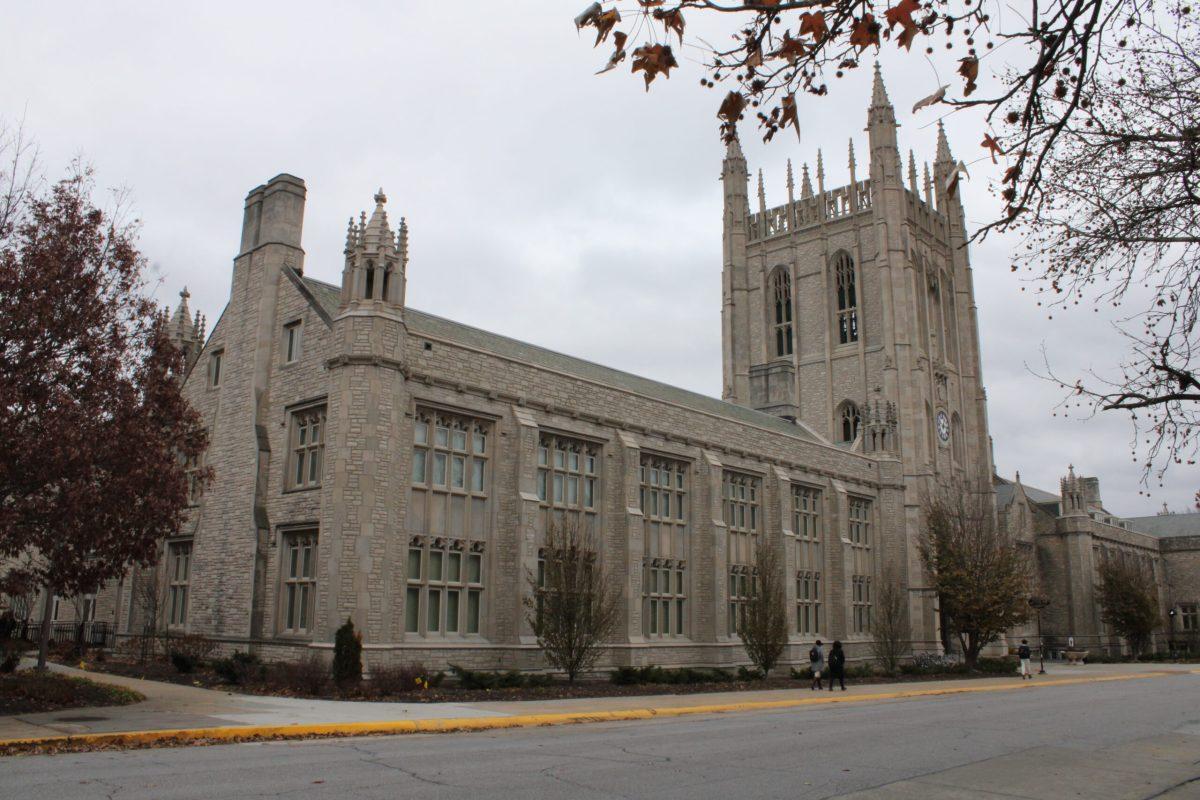
In 1982, the roof of the tower underwent restoration due to a spire collapsing and damage from aging. Occasional mending, such as what students saw last year when the building was encased in scaffolding, has occurred several times over the past decades.
Although some of the interior has altered in appearance, the ornate buildings and details in this corner of campus make Memorial Union unique. The exterior has kept its original appearance intact. Every statue, stone, carving, clock and room at Memorial Union has a story.
Next time you have a long period between classes, miss a shuttle or simply need a break from studying on campus, take a stroll around Memorial Union and pay attention to the details both inside and out.
Edited by Ever Cole, ecole@admin
Copy Edited by Lauren Courtney | [email protected]


